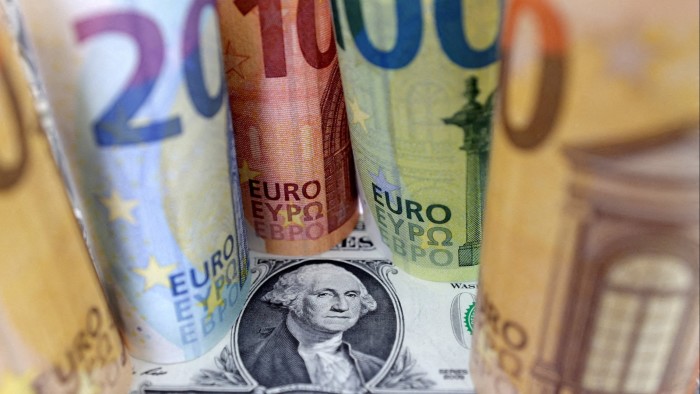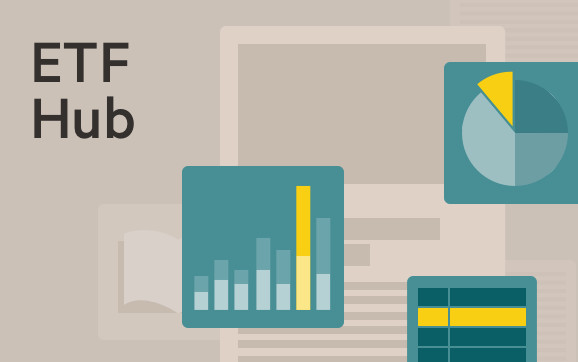Sustainable ETFs in Europe are often cheaper than mainstream peers

Simply sign up to the Exchange traded funds myFT Digest -- delivered directly to your inbox.
Latest news on ETFs
Visit our ETF Hub to find out more and to explore our in-depth data and comparison tools
Sustainable exchange traded funds are often cheaper than their non-sustainable peers, analysis from Refinitiv Lipper on the European ETF industry shows.
The average total expense ratios of equity ETFs classified as Article 8 or the “darker green” Article 9 were generally lower than their non-sustainable peers, Refinitiv Lipper found.
Equity sectors where sustainable products were cheaper than non-sustainable ones include US equity ETFs, European equity and emerging markets global equity ETFs, Lipper data as of end January 2022 show.
Only global equity Article 9 ETFs were more expensive than their Article 6 ETF equivalents. Article 6 funds do not integrate any kind of sustainability thinking in the investment process.

This article was previously published by Ignites Europe, a title owned by the FT Group.
Detlef Glow, head of research for Europe, the Middle East and Africa at Refinitiv Lipper, said “one of the prejudices that sustainable products face is that they are too expensive compared to their conventional peers”, but the funds “do not appear to be overpriced”.
However, the differences in average charges between sustainable and non-sustainable ETFs were less clear cut for fixed income funds.
For bond funds overall, Article 6 ETFs had the same average total expense ratio as Article 8 products, at 0.2 per cent. But Article 9 bond ETFs charged higher average fees of 0.25 per cent.
In Lipper’s Bond Global Euro sector, Article 8 and Article 9 ETFs charged an average TER of 0.2 per cent, lower than Article 6 ETFs at 0.23 per cent.
Glow said there was some room for cost reduction, “especially in the bond space, where fees and expenses are key for the success of investors”.
Sustainable ETFs in the euro corporate bond sector were still more expensive than their “conventional peers”, suggesting that prices could come down.
Article 8 and Article 9 euro corporate bond ETFs had average TERs of 0.2 per cent and 0.21 per cent respectively, while Article 6 ETFs had an average TER of 0.17 per cent.
Latest news on ETFs

Visit the ETF Hub to find out more and to explore our in-depth data and comparison tools helping you to understand everything from performance to ESG ratings
The prospect of further falls in sustainable ETF TERs come as the number of ETFs continues to increase and European investors remain “cost cautious”, Glow said.
Amin Rajan, chief executive officer of Create-Research, an asset management consultancy, also said strong competition in the ETF industry “has brought the cost down”.
“ETF is a scale business. The providers are keen to build a critical mass of assets within individual ETFs by competing on price,” he said.
Laith Khalaf, head of investment analysis at UK platform AJ Bell, pointed to the huge popularity of sustainable ETFs: “It’s not too surprising that sustainable ETFs are not significantly higher than their peers, given the vast amount of money that has flowed into these strategies.
“This is clearly good news for passive sustainable investors, offering them a way to gain responsible exposure to global markets without paying high fees.”
Comments